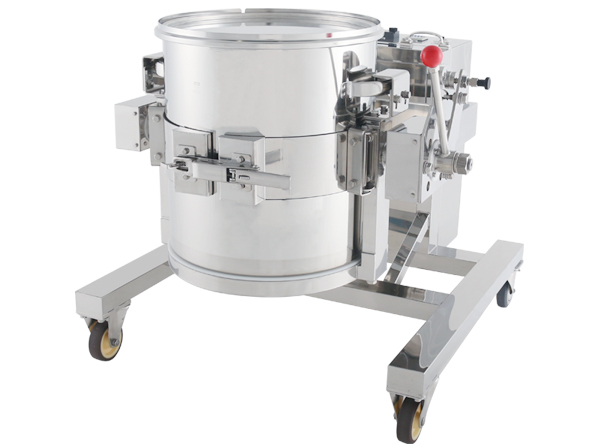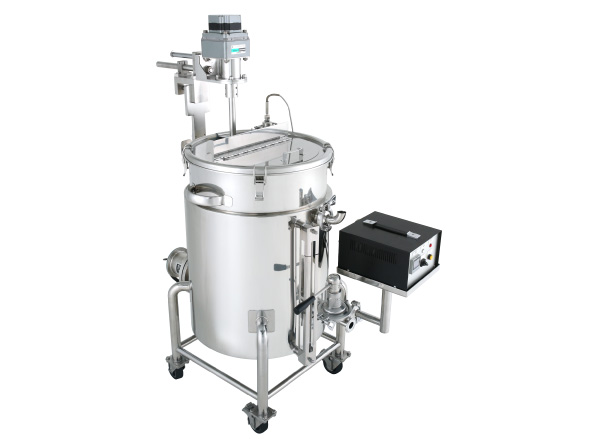
Nitto Kinzoku Kogyo will be exhibiting at INTERPHEX Week Tokyo.
INTERPHEX Week Tokyo is Japan’s largest professional technology exhibition, exhibiting all products and services related to the R & D and manufacturing of pharmaceuticals and cosmetics.
About Us
Nitto-Kinzoku have been manufacturing and selling stainless steel containers in Japan since 1957.Our business range is centered on the manufacture and sale of stainless steel containers used in the pharmaceutical industry, as well as a wide range of fields including cosmetics, foods, chemicals, semiconductors and more.
Show Outline
At this exhibition, we will exhibit a measuring unit that can measure the contents of containers and a rotary drum mixer that can stir powder.
English is available.
Please feel free to ask.


[Show Name] 23rd INTERPHEX Week Tokyo
[Dates] December 8 (Wed) – 10 (Fri), 2021
[Venue] Makuhari Messe, Japan
[Booth Number] Hall 9, 6-14
[Organiser] RX Japan Ltd. (Formerly Reed Exhibitions Japan Ltd.)
[Concurrent Event] INTERPHEX Week Tokyo Technical Conference
[INTERPHEX Week Tokyo consists of]
- INTERPHEX JAPAN 2021
– 23rd Int’l Pharmaceutical and Cosmetics Manufacturing Expo - In-PHARMA JAPAN 2021
– 15th Int’l Pharmaceutical and Cosmetics Ingredients Expo - BioPharma Expo 2021
– 5th Biopharmaceutical R&D and Manufacturing Expo - PharmaLab Expo TOKYO 2021
– 3rd Int’l Pharmaceutical and Cosmetics R&D Expo Tokyo
[Concurrent Show of INTERPHEX Week Tokyo]
[Admission] FREE of charge for those with an exhibition ticket (To receive a ticket for free, click here.)
* JPY 5,000/person will be charged without a ticket.
* This exhibition is primarily open to trade, therefore those under the age of 18 are not permitted to enter.
Tag Related Posts
- No related posts.
